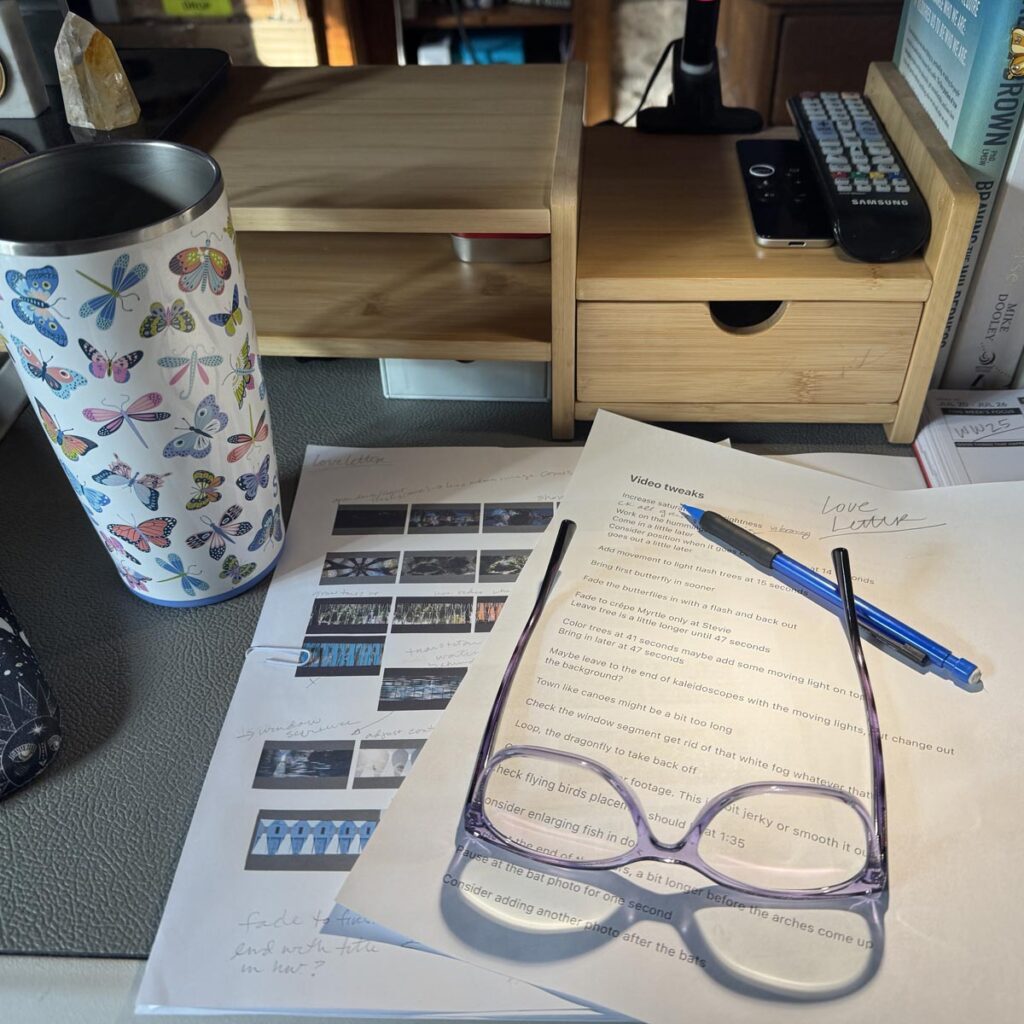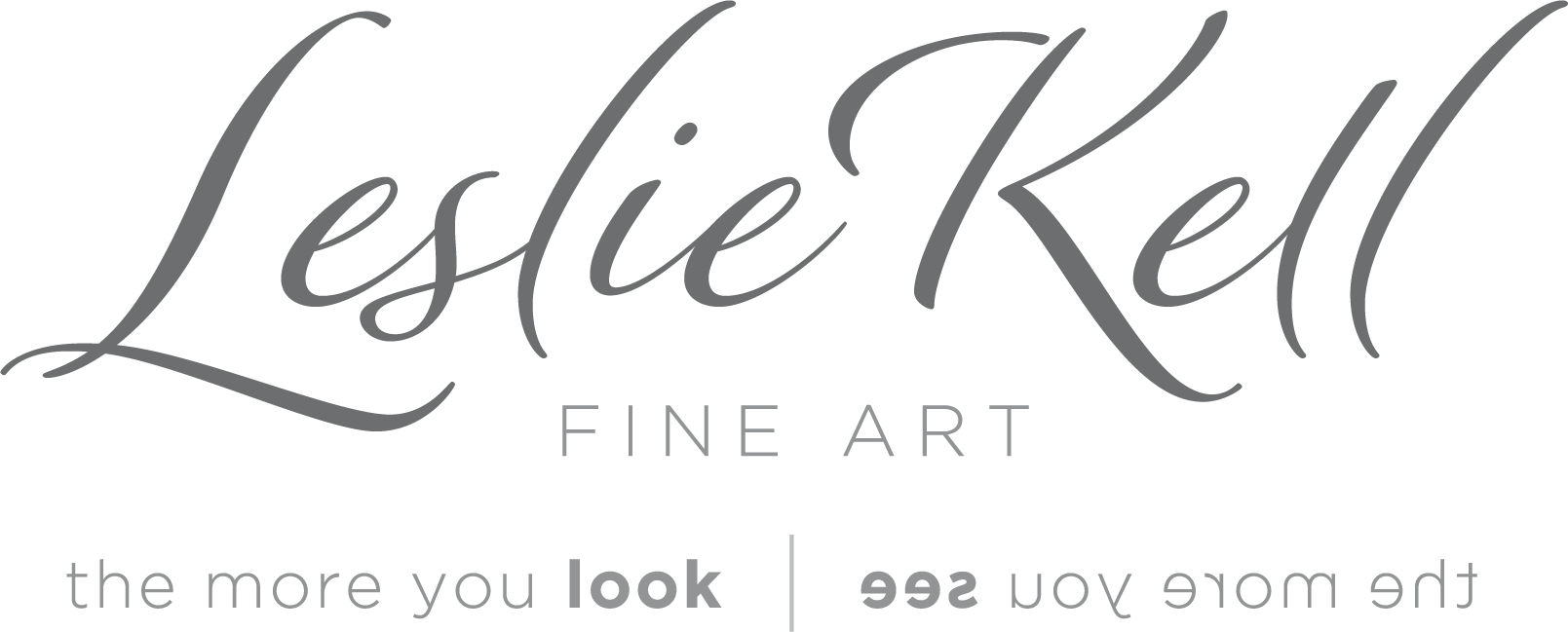Thank you to everyone who came out to WaterWork this weekend—it was such a joy to see Austin’s skyline and Seaholm Intake Facility illuminated with art, light, and motion. And what an honor it was to be part of this event alongside so many talented Austin artists! I want to extend a heartfelt thank you to Design Austin, The Trail Conservancy, and Ilios Productions for making the event possible.
For two nights only, Austin’s historic Seaholm Intake Facility became a living canvas. Fifteen Austin artists, including me, used state-of-the-art projection mapping to illuminate the city’s balance between urban life and natural beauty. The energy was inspiring—the crowds, the light, the art, and the beauty of our city all came together in a truly magical way. I hope this is just the beginning of more events like this in Austin’s future.
My newest cinemagraph “Love Letter“, made for WaterWork, layers reflections, ripples, and shifting light into a moving tribute to the way water shapes Austin’s spirit. If you missed it in person, you can watch Love Letter on YouTube.
See the official show program.
Below are photos from this year’s show…
This cinemagraph is a love letter to Austin, the city I’ve called home for most of my life. Drawn from original photography and video captured along its rivers, creeks, and bridges, the work reflects my fascination with water’s ever-changing nature—its ripples, reflections, and shifting light—and the quiet influence it has on urban life.
The piece is designed to feel as though it emerges directly from its setting. It opens with a night view of the city from the river, a vantage point echoing the actual architecture of Seaholm. From there, the imagery evolves: trees rise from the water’s reflection, kaleidoscopes shift scenes of Town Lake, and we are guided by butterflies, hummingbirds, and flickering fairy lights. Growing shafts of light radiate from the building, illuminating hidden moments, while actual waterfalls spill from its windows and cascade into the scene—blurring the boundary between structure and stream.
Throughout the process, I’ve been deeply engaged with how imagery interacts at the waterline. I even created mirrored mock-ups of the video to study how reflections invert and transform the scenes, ensuring that the rhythm and mood flow seamlessly. In the end, the piece circles back to where it began—with the city at night—tying together a layered meditation on place, memory, and the luminous presence of water in Austin’s landscape.
Below are a few stills from the video…

The finished piece is just two minutes and twenty seconds long, but it took hundreds of hours to create. (I’m sure I’ll get faster.) I immersed myself fully in the making of this cinemagraph, letting the project evolve through many stages.
The process began with researching and building an understanding of projection mapping, then moving into brainstorming and sketching, informed by studying the pieces created the previous year. From there, I began drawing, compiling footage and shot lists, and developing storyboards to guide the flow of imagery. Fortunately, I already had much of the photography and video from years of walking the trail and exploring the areas around the lake, though some shots—like the hummingbird footage—required special effort. Hummingbirds are notoriously shy of the camera, and capturing them was a test of both patience and timing.
I spent a great deal of time creating visuals that worked within the context of reflections, experimenting with how they would interact at the waterline. Along the way, there were many versions of the piece, and I dedicated countless hours to revising, editing, and paring it down so the imagery could breathe. In the end, every small adjustment helped shape the final rhythm, allowing the work to balance between natural observation and dreamlike transformation.
Below are some of my sketches and visuals that led me to the final artwork. As you can see, I’ve taken care to consider the architecture and setting of the building.


